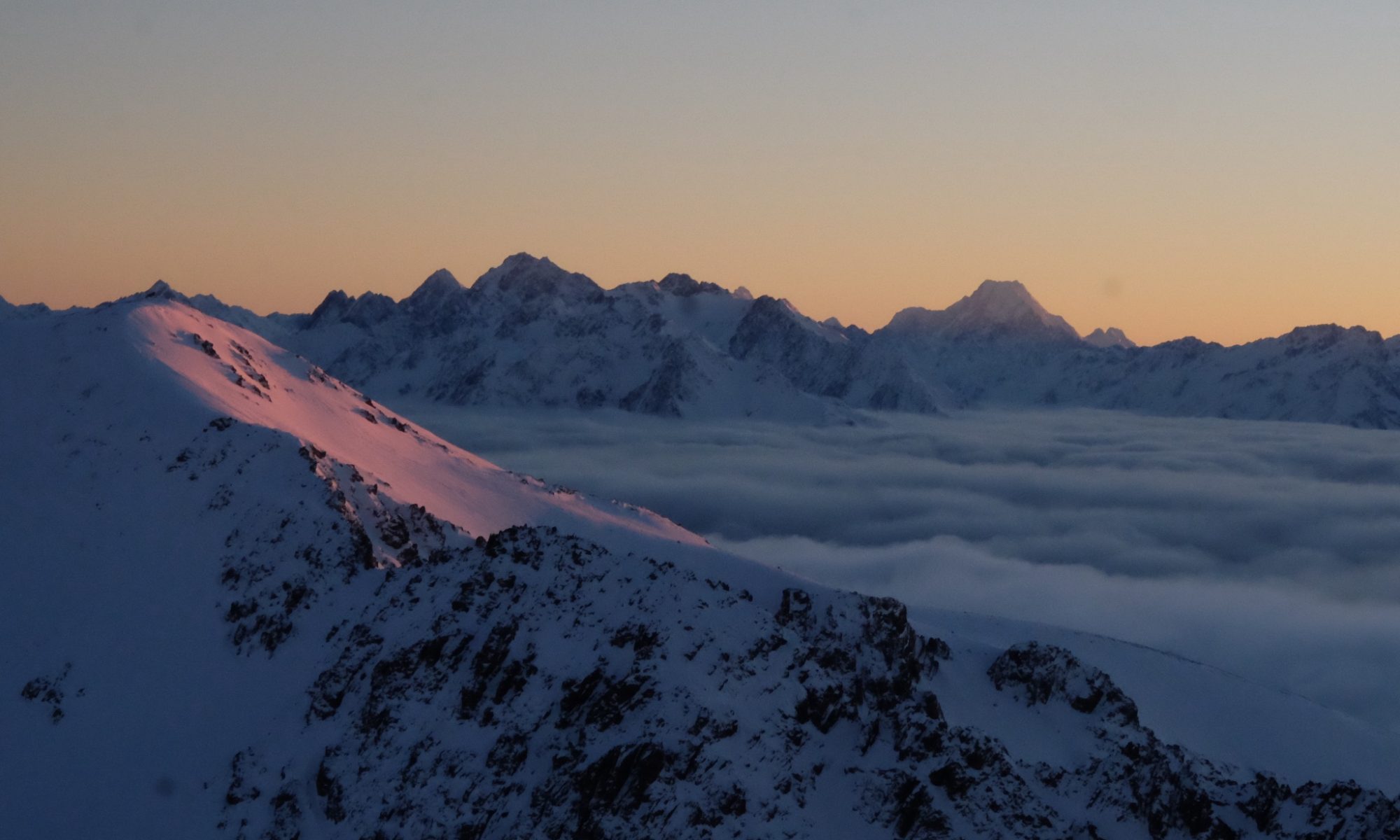To move quickly, we must know where we’re going.
Swiftness requires grace, which requires understanding, understanding requires purpose, and purpose requires direction.
In high school, at cross-country and Nordic skiing competitions, we would walk or glide the course as a team, or sometimes, with all of the visiting teams and competitors together. After these walk-throughs, we would prepare by warming up on confusing or technical parts of the trail, and accustom our legs to speed by sprinting along short flat sections.
We did this not only to prepare, but also to familiarize and relate, because without a plan or an idea there’d be no confidence, no assuredness, and our races would be doomed from the start. We’d never know which hills to save for, which parts to book it, and where we could squeeze out every last second.
If we don’t know where we’re going, how will we ever get there?
Society moves fast. Exponentially fast. But where are we going, and how are we getting there? To an alien observer, it might appear that the three main goals of our current society are materialism, consumerism, and growth. These are the attributes of a thoughtless civilization.
In our incessant and impatience pursuit of these ideals we have become dangerously efficient, to the point where we are consuming ourselves out of an ecosystem to inhabit.
When you’re moving with haste and your coordination becomes loose and flailing, people are apt to use words like “barreling” and “charging” to describe your disjointed rushing. In the same way these are the words we use to describe how humanity is approaching it’s future. We are not moving forward “methodically” or “mindfully”, but rather “plowing” ahead despite all obstacles.
Humans hold paramount our ability to adapt. We use it do explain our dominance of the biological scale and hold onto it like a blanket in defense of our ability to react to the future. We’ll adapt, we say, when the time comes.
In the midst of Earth’s 6th Great Mass Extinction, and the beginning of a geologic epoch named after man’s impact, it’s time to adapt. The climate is shifting, society is changing, and we are presented with an unprecedented opportunity for growth. We need a clear vision of where we’re going, and steps to get there. These can be actions and ideas, drastic changes to our lives, or they can just be small things, simple ways to start now.
But equally as important to where we’re going is how we’re getting there. When we rush ahead we miss out on the details and descriptions, we don’t see the obvious messages or hidden beauty. We’re more likely to overlook and under-appreciate.
When we start slow, when we move forward cautiously and with respect to each step, we leave room for understanding and acceptance of each moment.
Now, more than ever, we need an idea, we need a direction and an objective. We’re moving too fast in the wrong direction and we need to move quickly in the right ones. But just as equally we need to regain our acceptance and affinity for patience, for rest, and for caution.
I was out on a run last week and made a careless slip that cost myself a few stitches on the hand. I was being reckless and hurrying through a technical section that required my attention and I didn’t give it the focus it deserved. It was a quick and inconvenient reminder of my need to be present and attentive in the dangerous environments I like to play in, and I’m lucky it wasn’t worse.
In the weeks since then I’ve thought a lot about our need to slow down, even when we want to be moving quickly, and the ways the two are related. Like when you’re rushing to finish something and in your haste simple tasks become timeless fumbles. While these thoughts stemmed from my thoughts and actions, it’s been easy to relate them to our collective purpose, because after all, we’re in this together.
The speed our mobility enables is often far greater than our capacity for thought or foresight. If we wish to embrace a more healthy and less chaotic future, let us try and move thoughtfully and approach cautiously, that way we may be aware of our path and direction with each step.
